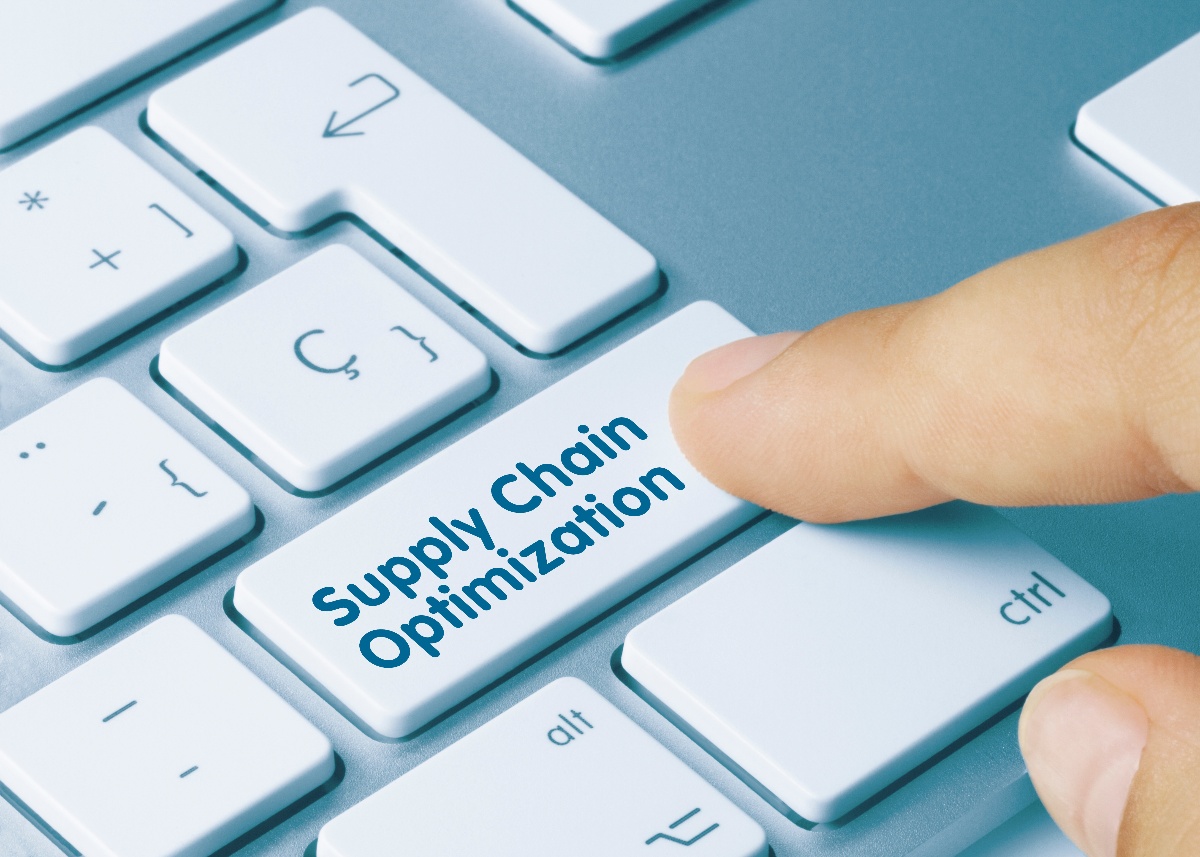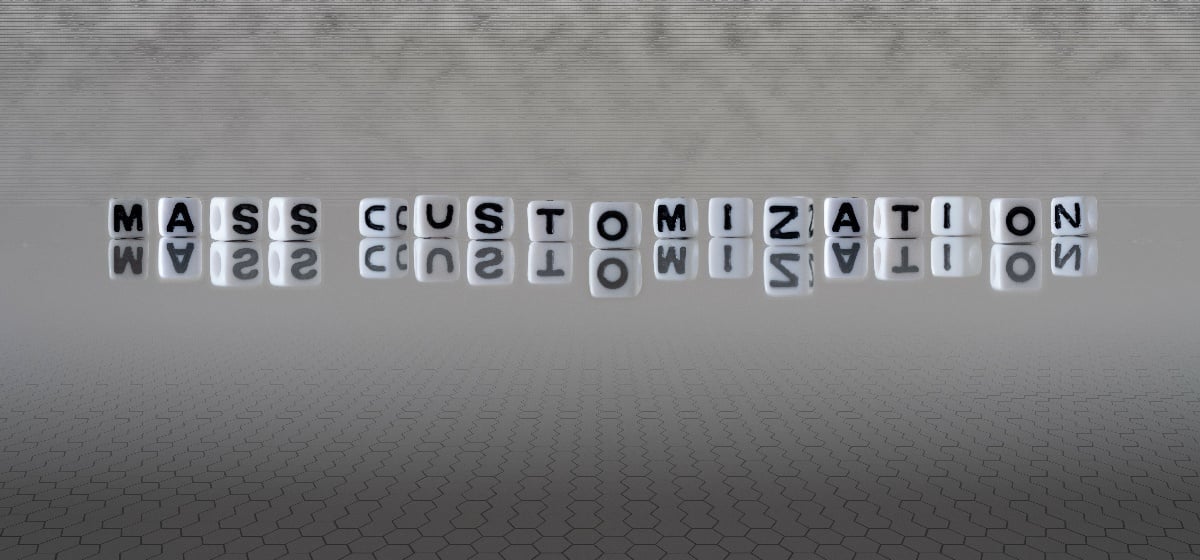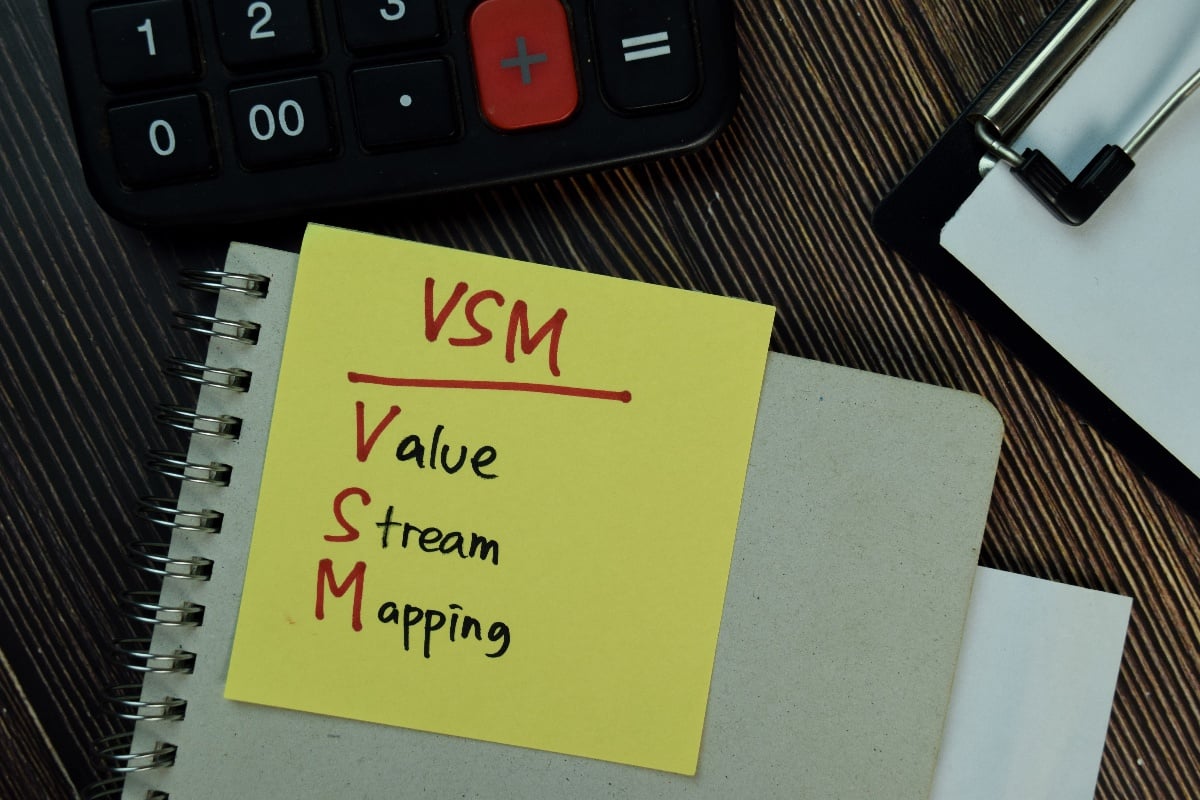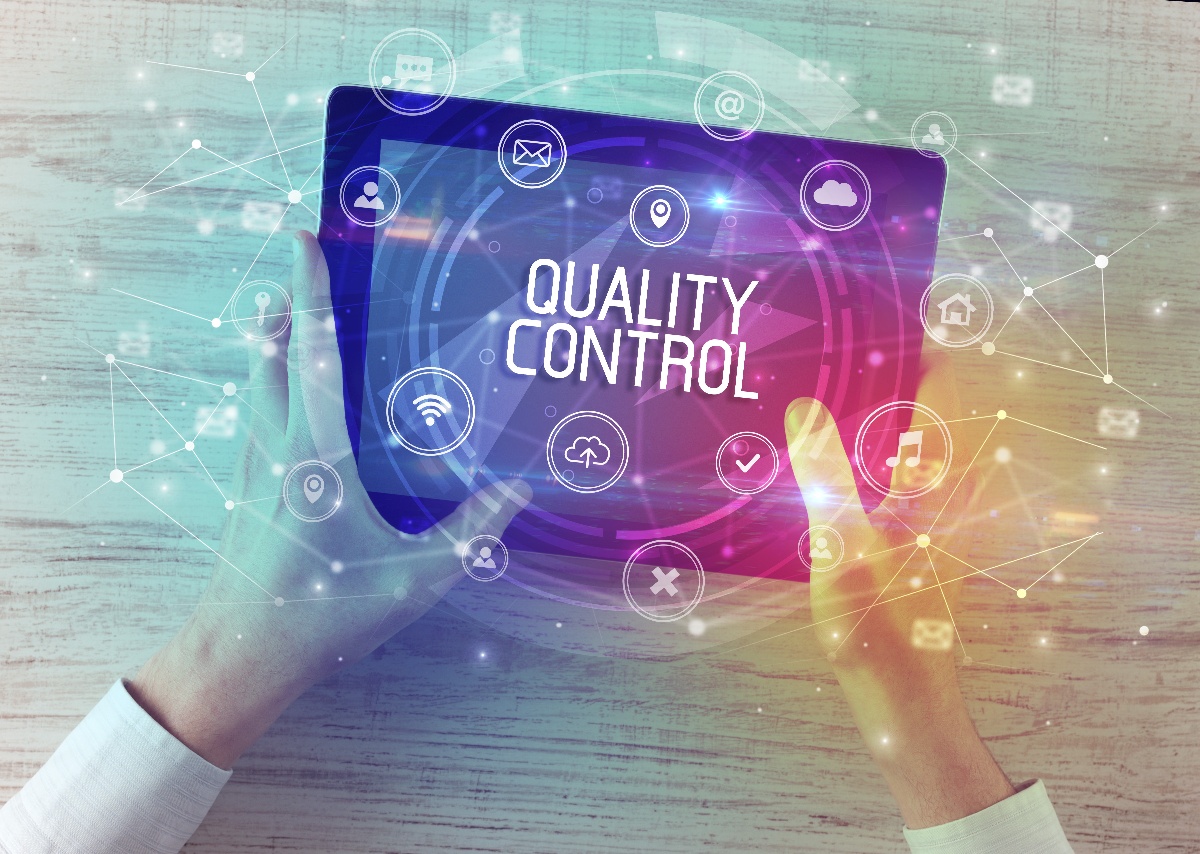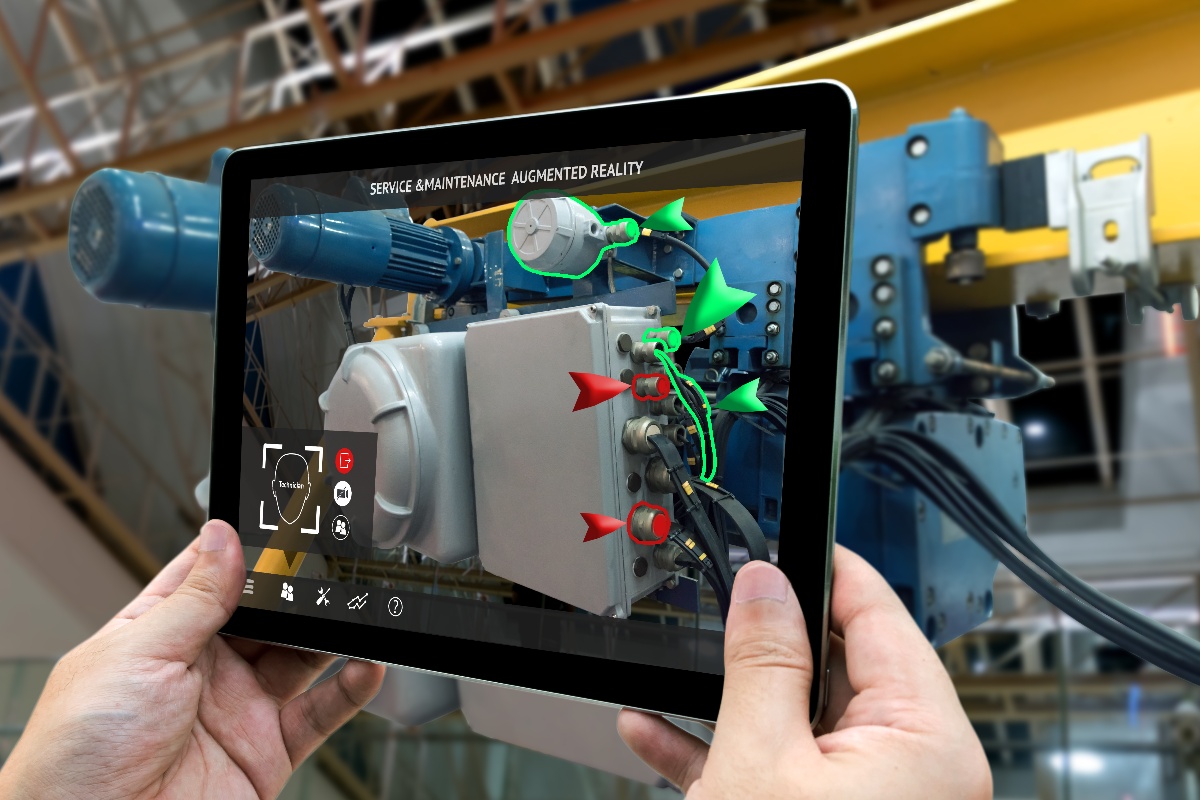
In an era marked by rapid technological advancements and increasing consumer demand, the manufacturing sector faces unprecedented challenges. One of the most pressing of these challenges is the need for sustainability. To address these challenges, a set of strategies known as the 10 R-based approaches have been developed.
These approaches—Refuse, Rethink, Reduce, Reuse, Repair, Refurbish, Remanufacture, Repurpose, Recycle, and Recover—provide a comprehensive framework for making manufacturing processes more sustainable. Each "R" represents a different strategy for minimizing waste, reducing resource consumption, and maximizing efficiency.
This article will help engineers looking to implement these 10 R-based approaches in their operations. By understanding and applying these strategies, engineers can not only make their manufacturing processes more sustainable but also more efficient and cost-effective.
Whether you are a seasoned professional or a newcomer to the field, this article will provide you with the knowledge and tools you need to take meaningful steps towards sustainable manufacturing.
The Importance of Sustainable Manufacturing
Traditional manufacturing processes have long been a significant source of environmental degradation. According to data, approximately 76.6% of U.S. emissions are driven by manufacturing production, with 17% being directly attributed to the manufacturing sector itself. These emissions not only contribute to climate change but also have immediate, harmful effects on air and water quality. Additionally, traditional manufacturing often involves the excessive use of water, raw materials, and energy, further exacerbating its environmental footprint. The waste generated from these processes frequently ends up in landfills or is incinerated, both of which have additional environmental consequences.
The adoption of sustainable manufacturing practices is not just an option but a necessity for any forward-thinking manufacturing engineer and organization.
Understanding the 10 R-Based Approaches
In the quest for sustainable manufacturing, the 10 R-based approaches offer a comprehensive framework for engineers.
Refuse
The first approach, "Refuse," serves as the initial line of defense. It involves rejecting materials, processes, or practices that are unsustainable or environmentally harmful. For example, manufacturers can opt for non-toxic chemicals over harmful ones, refuse to source materials from suppliers who don't adhere to sustainable practices, or avoid using single-use plastics in packaging.
Rethink
The second approach, "Rethink," calls for a comprehensive evaluation of existing manufacturing processes and designs to identify areas for sustainability improvements. This can range from conducting a life-cycle assessment to involving interdisciplinary teams to brainstorm sustainable alternatives. Modular designs that can be easily upgraded or disassembled for recycling are also worth considering.
Reduce
Next, "Reduce" focuses on minimizing the use of resources such as raw materials, water, and energy. This has the dual benefit of lowering both costs and environmental impact. Strategies for reduction include implementing energy-efficient machinery, using software to optimize resource allocation, and adopting lean manufacturing principles to minimize waste.
Reuse
The fourth approach, "Reuse," emphasizes the importance of using components or materials more than once, either in the same application or a different one. Practical examples include using leftover metal scraps in new production runs, reusing water in different stages of the manufacturing process, or utilizing shipping pallets multiple times.
Repair
"Repair," the fifth approach, involves fixing damaged or worn-out products or machinery instead of replacing them. This not only extends the lifespan of products but also reduces waste. Repairing is often more cost-effective in the long term and usually has a lower carbon footprint compared to manufacturing a new item.
Refurbish
The sixth approach, "Refurbish," involves restoring old or used products to like-new condition, often by replacing worn-out components. Case studies in refurbishing machinery and products include Apple's Certified Refurbished program and programs in the automotive industry.
Remanufacture
"Remanufacture," the seventh approach, is more comprehensive than refurbishing. It involves disassembling a product and rebuilding it using a mix of reused, repaired, and new parts. Remanufactured products usually meet the same quality standards as new products, whereas refurbished products may not.
Repurpose
The eighth approach, "Repurpose," involves using waste materials or obsolete products for a new function, thereby diverting them from landfills. Creative examples include using old machinery parts as raw materials for art installations or converting waste fabric into insulation material.
Recycle
The ninth approach, "Recycle," involves converting waste materials into new materials or objects. While this reduces the need for new raw materials and decreases waste and energy consumption, challenges like contamination of recyclable materials and the energy-intensive nature of some recycling processes exist. Solutions include better sorting technologies and cleaner recycling processes.
Recover
Finally, the tenth approach, "Recover," involves extracting valuable substances from waste, often in the form of energy. This is usually the last resort when other forms of waste management are not feasible. Examples include capturing waste heat for use in other processes or extracting valuable metals from electronic waste.
By understanding and implementing these 10 R-based approaches, manufacturing engineers can make significant strides in making their operations more sustainable, efficient, and in tune with both environmental and consumer demands.
Implementing the 10 R-Based Approaches
Implementing sustainable practices in manufacturing is not a one-size-fits-all approach. The 10 R-based approaches offer a comprehensive framework, but their applicability can vary depending on the specific circumstances of each manufacturing operation. This section aims to guide you through the steps to assess your current manufacturing processes, prioritize the most applicable "R" strategies, and create a roadmap for effective implementation.
Steps to Assess Current Manufacturing Processes
Conduct a Baseline Assessment
The first step is to understand your current state. This involves collecting data on resource usage, waste generation, energy consumption, and other relevant metrics.
Identify Key Stakeholders
Involve people from various departments like design, production, logistics, and even marketing to get a holistic view of your manufacturing processes.
Perform a Gap Analysis
Compare your current practices against best practices in sustainable manufacturing to identify areas for improvement.
Life-Cycle Assessment
Conduct a life-cycle assessment to understand the environmental impact of your products from raw material extraction to disposal.
Cost-Benefit Analysis
Evaluate the economic implications of implementing sustainable practices, including initial investment and long-term savings.
How to Prioritize Which "R" is Most Applicable
Urgency and Impact
Some R-based approaches may offer quick wins or have a more significant impact on sustainability. Prioritize these.
Feasibility
Consider the technical and economic feasibility of implementing each "R" in your specific context.
Alignment with Business Goals
Ensure that the chosen "R" strategies align with your organization's broader business and sustainability goals.
Regulatory Requirements
Some industries have specific regulations that might make certain "R" strategies more urgent.
Stakeholder Input
Use input from employees, management, and even customers to help prioritize which "R" to implement first.
Creating a Roadmap for Implementation
Set Objectives and KPIs
Clearly define what you aim to achieve with each "R" strategy and how you will measure success.
Resource Allocation
Determine the resources—both human and capital—you'll need for implementation.
Timeline
Develop a realistic but flexible timeline for implementing each "R" strategy.
Pilot Testing
Before full-scale implementation, consider running a pilot test to identify any potential issues.
Training and Education
Educate your team on the importance of each "R" and train them on new processes or technologies that will be used.
Monitoring and Feedback
Once implemented, continuously monitor the effectiveness of each "R" strategy and be prepared to make adjustments based on feedback and performance metrics.
Review and Update
Periodically review the effectiveness of your R-based approaches and update your roadmap as necessary, considering new technologies, regulations, and business needs.
By following these steps, manufacturing engineers can systematically implement the 10 R-based approaches in their operations. This not only contributes to a more sustainable and responsible manufacturing process but also often results in cost savings and operational efficiencies.
The importance of implementing the 10 R-based approaches in manufacturing cannot be overstated. These strategies offer a comprehensive framework for reducing environmental impact, improving operational efficiency, and meeting the growing consumer demand for sustainable products. While challenges exist, they are not insurmountable, especially with the aid of emerging technologies and a proactive approach to problem-solving.





